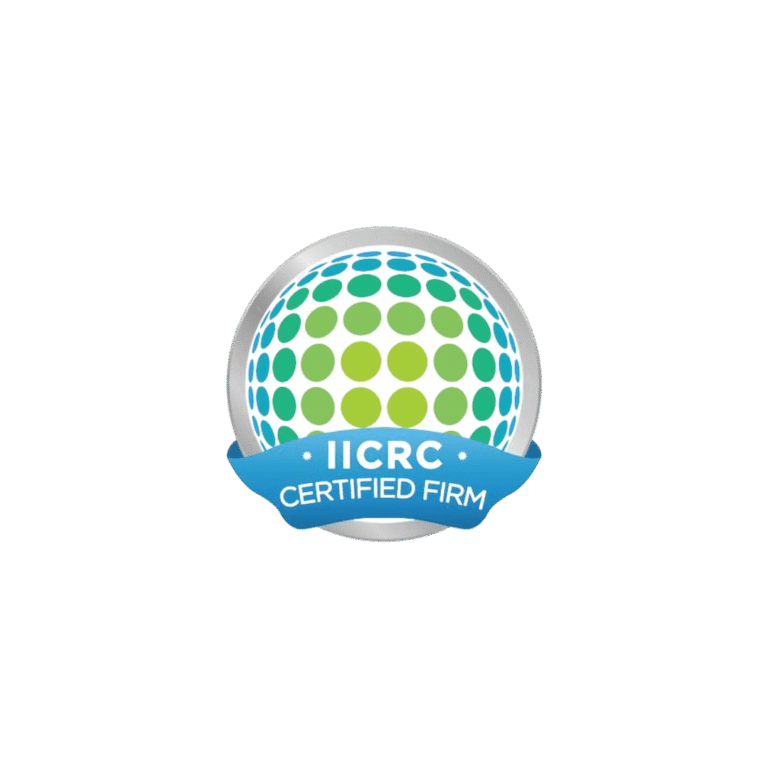

Water damage can stem from various sources, including natural disasters, plumbing failures, and appliance malfunctions. Understanding these causes is crucial for homeowners to prevent and mitigate damage effectively.
For instance, a burst pipe can lead to significant flooding within minutes, while prolonged leaks can cause mold growth and structural damage over time. Recognizing these potential risks allows homeowners to take proactive measures to safeguard their properties.
The water damage restoration process involves several critical steps, including assessment, extraction, drying, and restoration. Each step is designed to ensure that the property is thoroughly restored to its pre-damage condition.
Initially, a professional restoration team will assess the extent of the damage and develop a tailored plan. Following this, they will extract standing water, use specialized drying equipment, and finally restore any affected areas, such as replacing flooring or repairing drywall.
The timeline for water damage restoration can vary widely based on the severity of the damage and the size of the affected area. Generally, minor water damage may take a few days to resolve, while extensive damage could require weeks.
For example, a small bathroom leak might be addressed within 48 hours, while a flooded basement could necessitate a comprehensive restoration plan that spans several weeks, depending on the drying and repair processes involved.
Selecting a reliable restoration service is essential for effective recovery from water damage. Homeowners should consider factors such as the company's experience, certifications, and customer reviews when making their choice.
For instance, a company with a proven track record in water damage restoration, certified technicians, and positive customer feedback will likely provide a higher level of service and satisfaction, ensuring that the restoration process is handled efficiently and professionally.